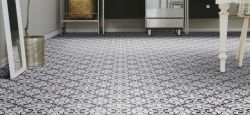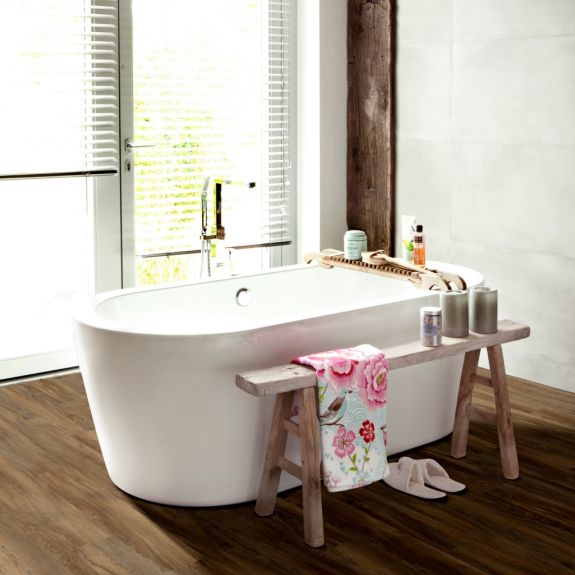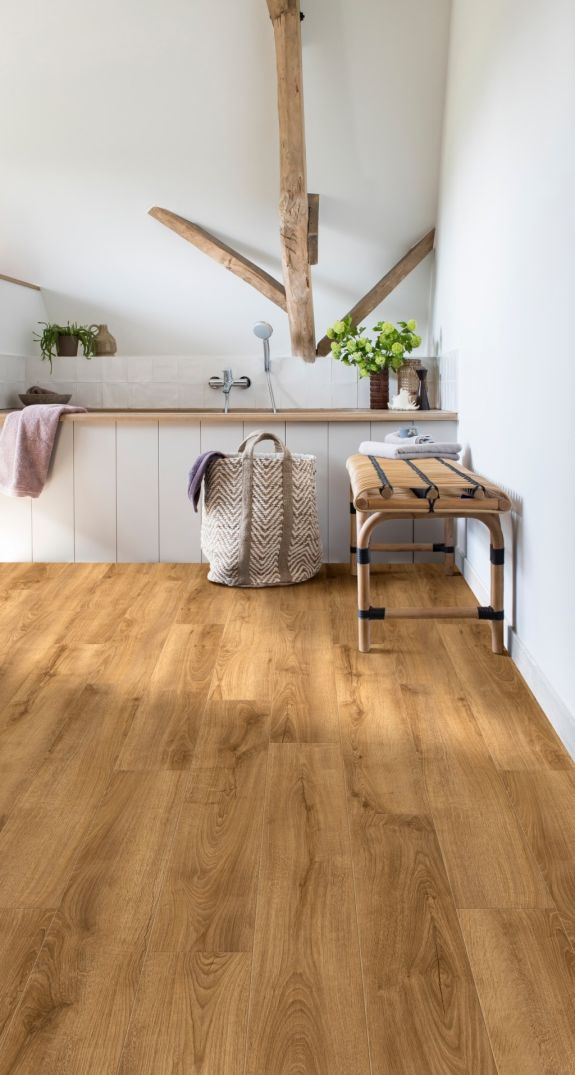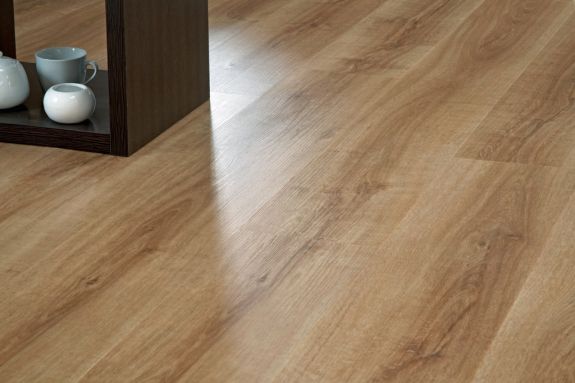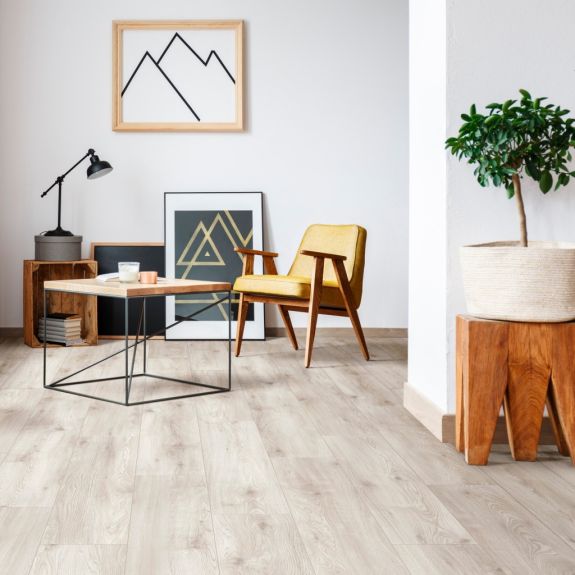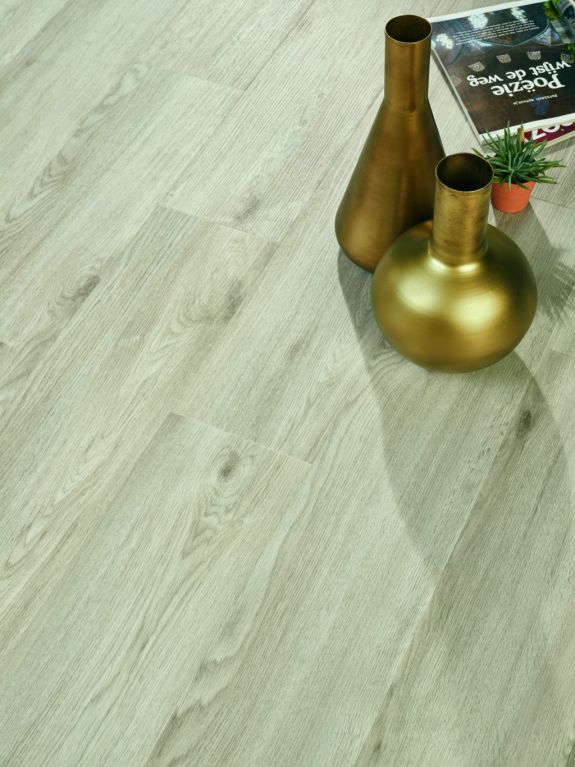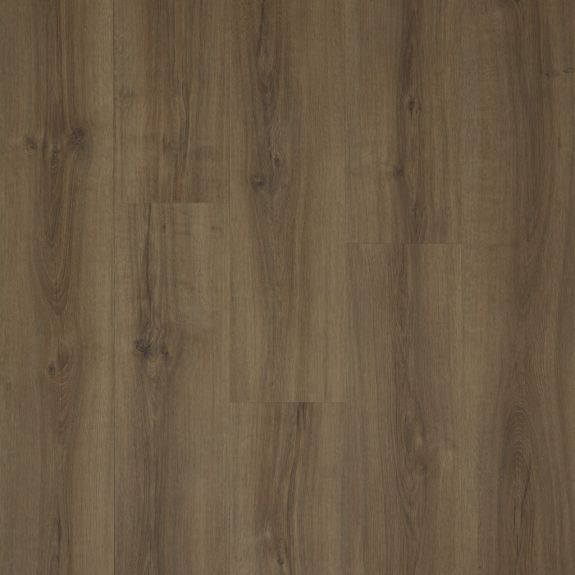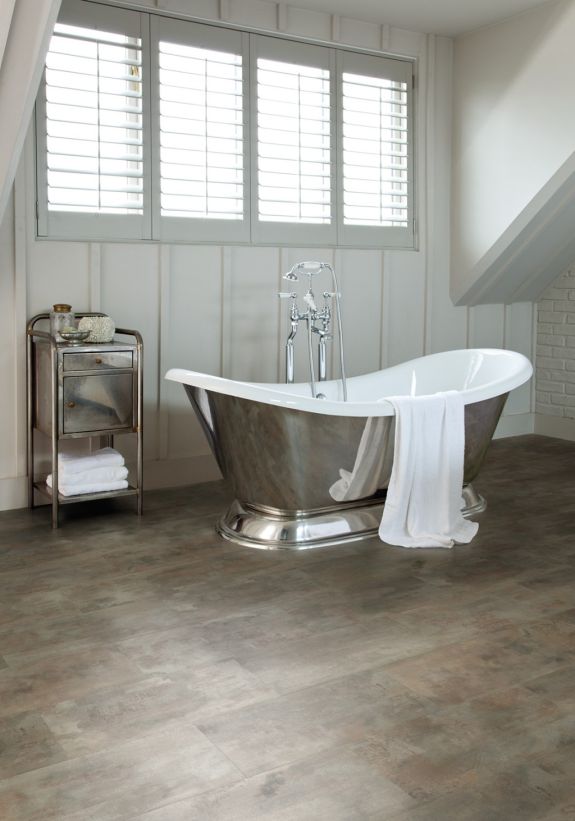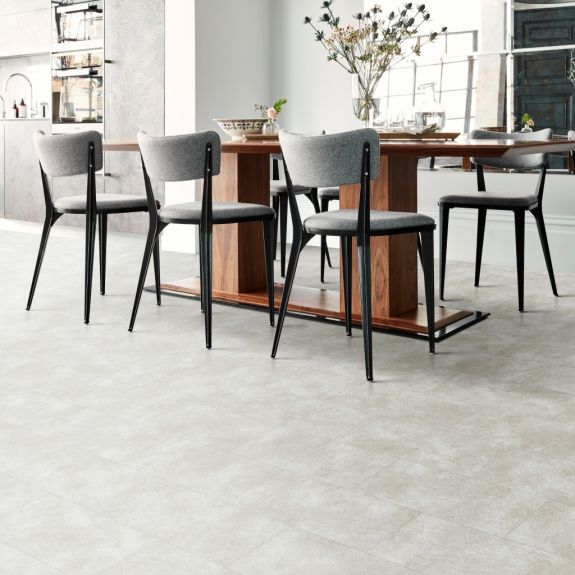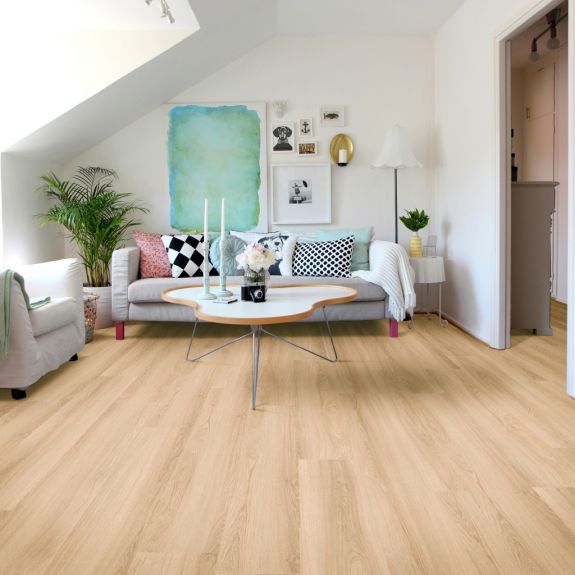How to fit LVT flooring
The steps for laying LVT flooring can vary depending on whether it’s a floating floor click design, or a glue down adhesive product. We’ve already covered how to fit vinyl click flooring, so let’s dive into how to lay glue down LVT below.
In this guide, we’re going to discuss how to lay luxury vinyl flooring in traditional straight planks. If you’d like to know more about how to install LVT flooring in decorative parquet designs, head to our guide on how to lay herringbone flooring for more insights.
Tools you will need
- Luxury vinyl flooring
- A tape measure
- Ruler
- Pencil
- Stanley knife
- Adhesive
- A2 notched adhesive spreader
- Roller
- Safety goggles
1. Ensure your subfloor is in good condition
Right from the beginning of your LVT installation project, your subfloor should be free of debris and dampness. A solid subfloor ensures a long-lasting LVT flooring installation as well as prevents future problems, or even needing to replace your luxury vinyl flooring completely. Our signs of a good subfloor guide explains what you need to check for, as well as highlighting key issues that mean your subfloor needs replacing.
2. Let your vinyl flooring acclimatise
Before laying LVT, the boards/tiles need time to get used to the humidity and the temperature in the room you want to put them in. If you want them to acclimate properly to the environment, make sure they’re lying flat in the middle of the room without anything on top of them or underneath them for 48 hours prior to installation.
3. Consider which direction you want the planks to go
Beyond selecting the perfect colour and style, one of the key considerations when fitting luxury vinyl flooring is deciding which direction you want your flooring planks to go. Outside of parquet designs, there are two main patterns: straight lay and diagonal lay.
Straight lay is the most traditional and simple method of laying vinyl tiles, though diagonal lay can make a more of a statement.
If you opt for a straight lay design, you’ll still need to decide which way to lay the planks. This includes considering whether they should run along the room’s length, or the room’s width.
- Running the planks along the room’s longest wall will help give the illusion of a longer, larger space.
- If you have a feature in the space you’d like to highlight, like a fireplace, laying LVT perpendicular to this feature is the best way to complement the room.
- Another method is fitting LVT in the direction of the main natural light source.
Our Tapi flooring visualiser can help you plan which direction looks best for your space, using images of your rooms and rotating the LVT planks to see what you think.
4. Begin laying your planks
Pop on your safety googles first, then once you’re ready, begin by marking a start line and then spreading your adhesive in a thin layer using the A2 notched trowel. Then start laying the LVT flooring planks or tiles into the adhesive from the starting line, placing them in the direction that you want them to face. Unlike floating floors like laminate and click LVT, you don’t need an expansion gap when fitting glue down LVT.
5. Continue laying your boards until the floor is covered
Following the adhesive usage guidelines, keep spreading the glue and laying the planks in your desired pattern until you’ve covered the entire floor, then use the roller to go over the entire floor to make sure it’s fully stuck down.
6. Maintain your flooring
Fitting your LVT flooring isn't the end of the process! Taking care of your floor is the same as taking care of anything else – if you put effort into looking after it, it will last for a long time. It’s important to keep LVT and vinyl flooring clean and dry if you want to enjoy it for years to come. Find out how to take care of your LVT flooring by reading our LVT care guide.





























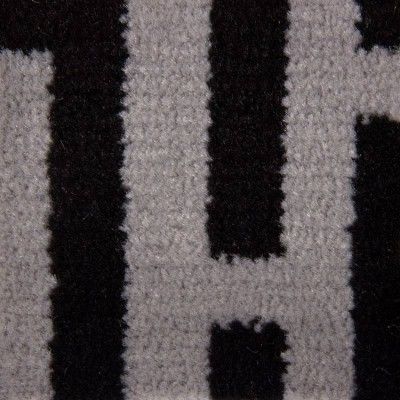

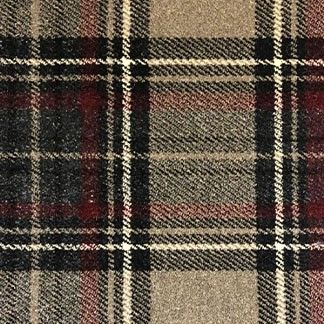
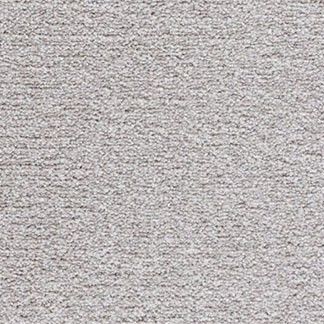












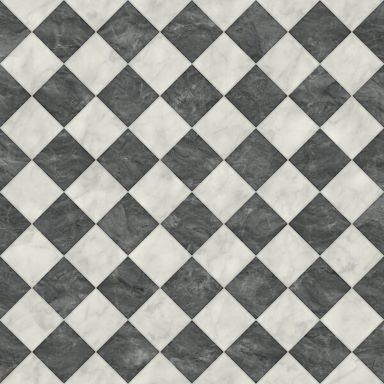
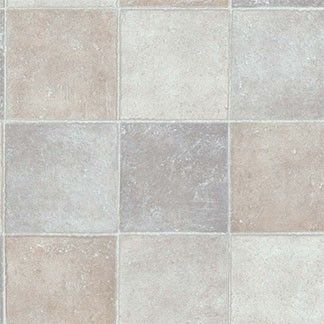
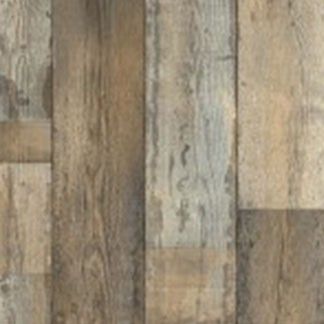









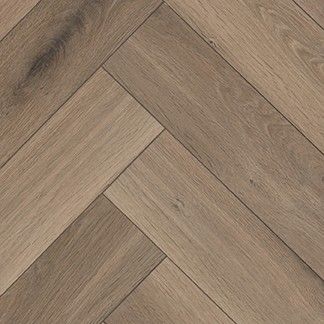
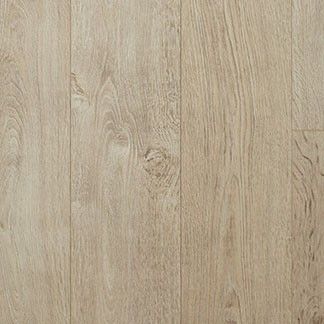

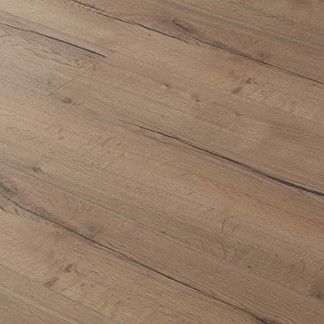


















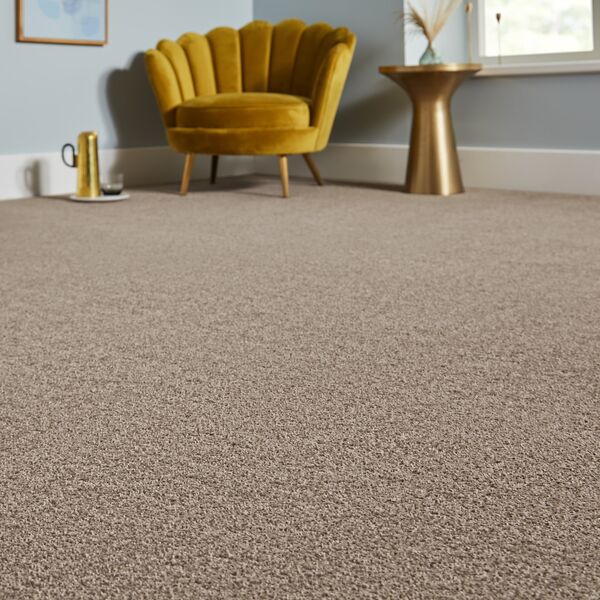
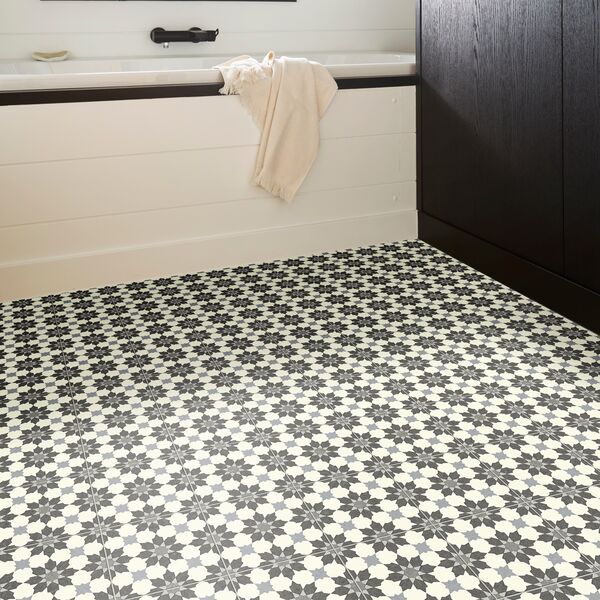
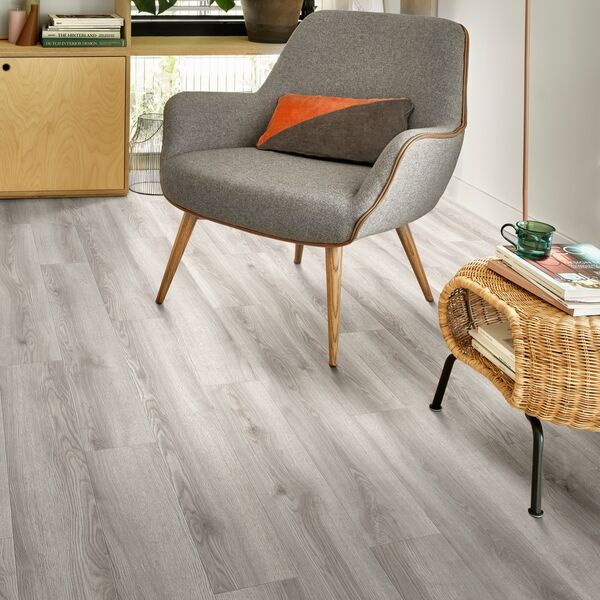
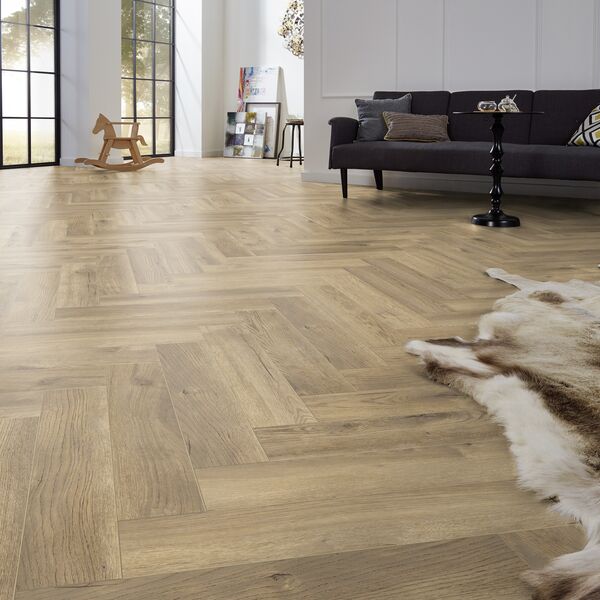
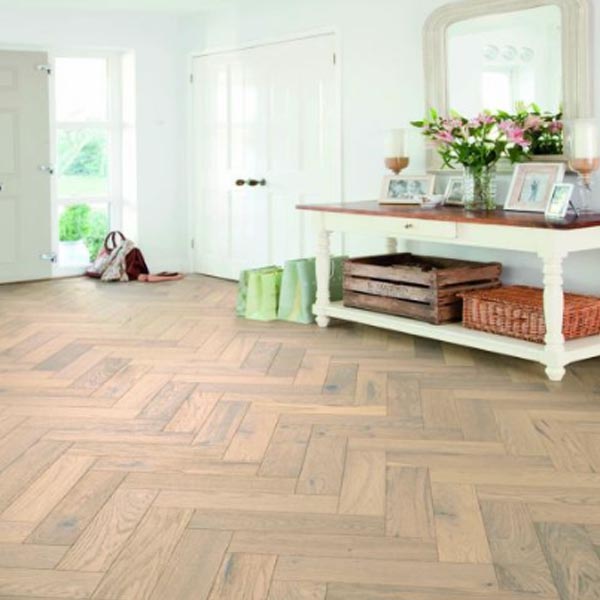

.jpg)
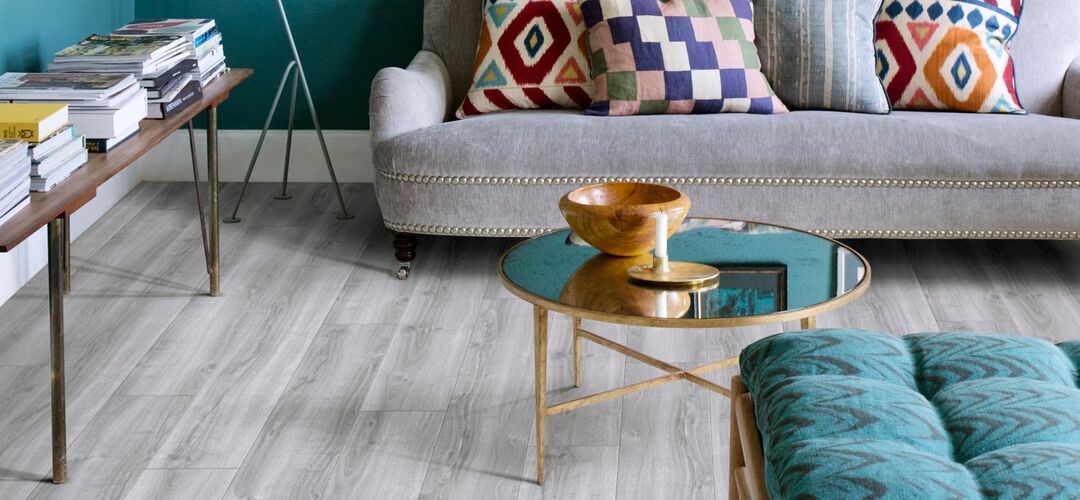

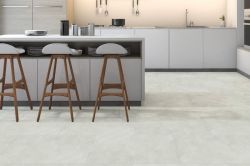


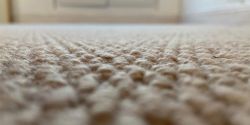
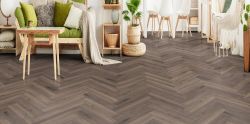



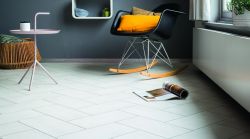
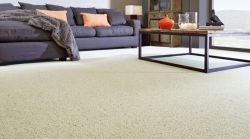
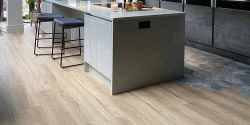

-250.jpg)



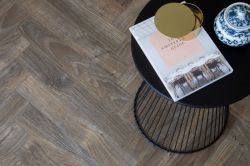



-250.jpg)
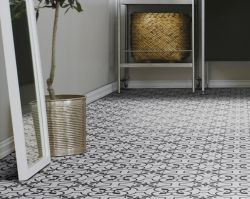
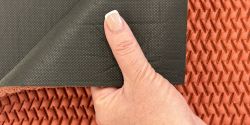
-250.jpg)

 copy-250.jpg)


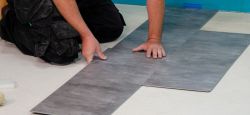


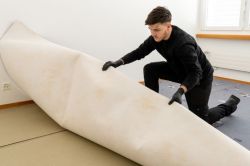


-250.jpg)
 - Article Image (not header)-250.jpg)


-250.jpg)
